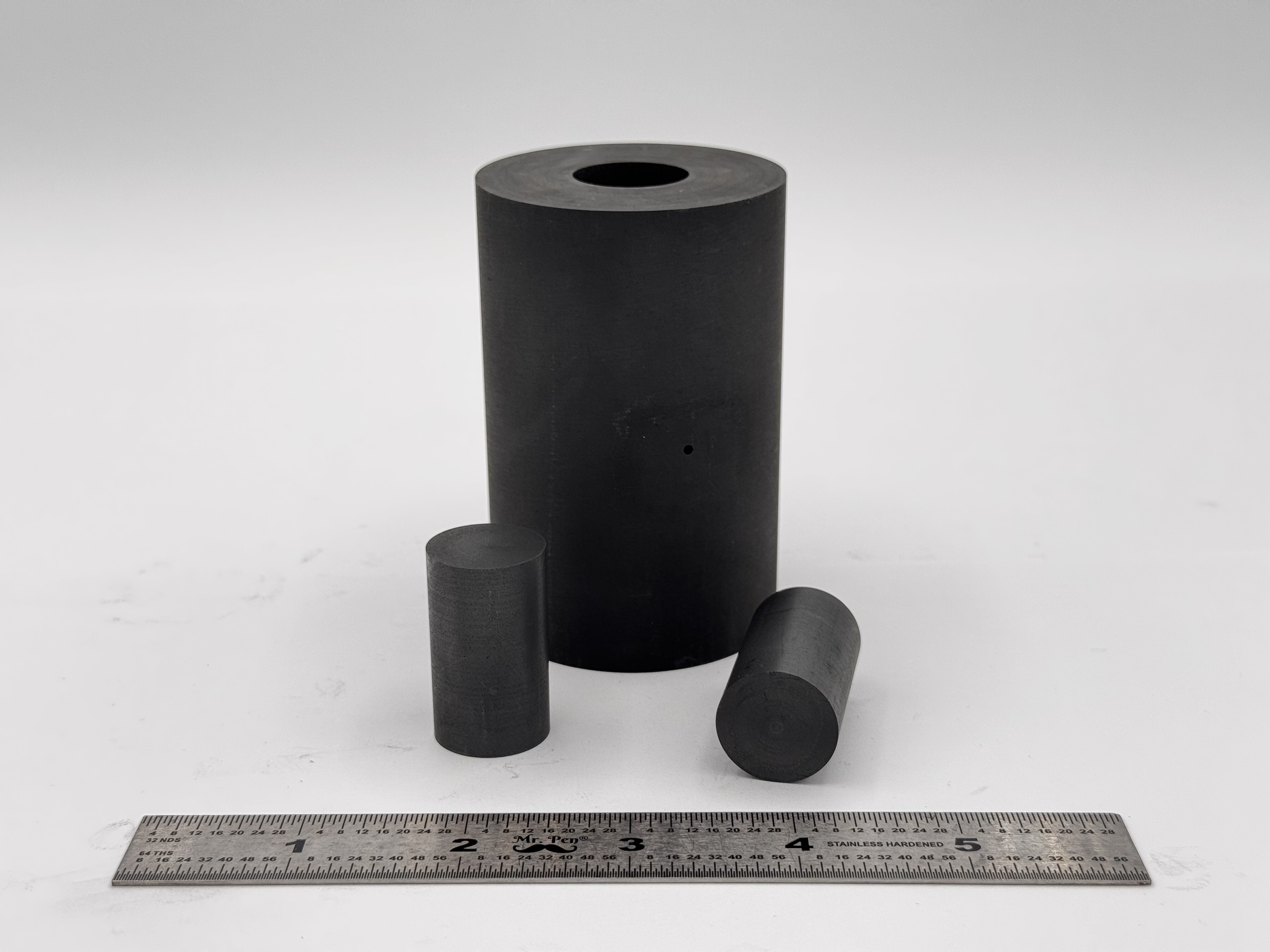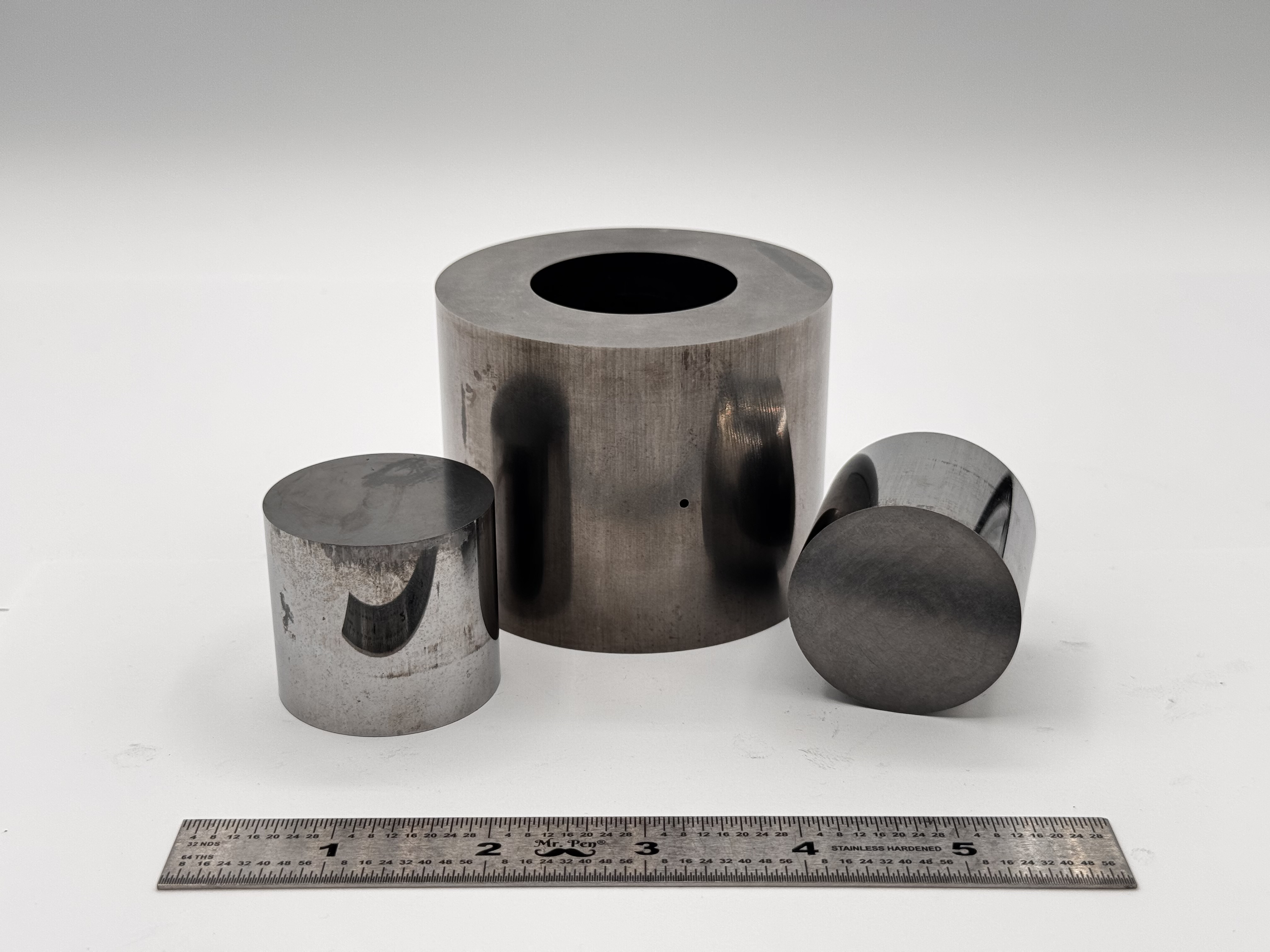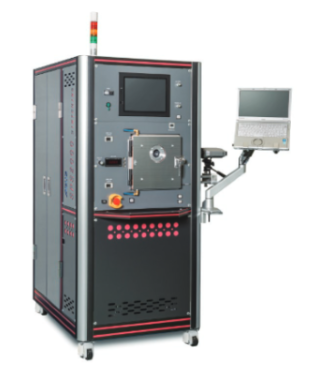Understanding Particle Size Analysis: The Foundation of Modern Nanotechnology and Advanced Materials
In the rapidly evolving worlds of nanotechnology, materials engineering, and precision manufacturing, particle size analysis has emerged as one of the most indispensable characterization tools available today. From pharmaceuticals to aerospace alloys, from energy storage to cutting-edge sintered materials, understanding the size and distribution of particles at the micro- and nanoscale enables industries to design better products, optimize performance, and guarantee quality. As technologies increasingly push the boundaries of what materials can do, particle size analysis becomes not just helpful—but essential.
What Is Particle Size Analysis?
Particle size analysis is the process of measuring and evaluating the dimensions, distribution, and sometimes the shape of particles within a sample. In nanotechnologies, this typically means analyzing particles ranging from 1 to 100 nanometers, though many industrial applications extend into the sub-micron and micron ranges as well. The goal is to determine not only how large the particles are, but how consistently sized they are, how they cluster, and how they behave within a material system.
While size may seem like a simple characteristic, it has extraordinary influence over how materials interact with heat, electricity, mechanical forces, and chemical environments. At the nanoscale especially, even tiny changes in particle diameter can produce dramatic shifts in performance.
Why Particle Size Matters
Particle size directly impacts nearly every property of advanced materials. This is particularly true at the nanoscale, where quantum effects, surface energy, and atomic coordination begin to dominate behavior. A few critical reasons particle size matters include:
1. Surface Area and Reactivity
Nanoparticles have an enormous surface-area-to-volume ratio compared to bulk materials. This heightened surface exposure increases reactivity, making nanoparticles uniquely valuable for:
- Catalytic processes
- Chemical reactions
- Additive manufacturing
- High-temperature sintering
A small decrease in particle size can exponentially increase surface area, drastically altering how a material behaves.
2. Mechanical Properties
In structural applications, smaller particles can result in:
- Higher strength
- Greater hardness
- Improved wear resistance
- Enhanced fatigue life
This is because nanostructured materials limit dislocation motion, the mechanism responsible for deformation in most metals and ceramics.
3. Electrical and Optical Behavior
At extremely small particle sizes, materials begin to show quantum effects. These influence:
- Conductivity
- Bandgap structure
- Optical absorption
- Luminescence
This is why quantum dots, for example, change color based solely on particle size.
4. Thermal Properties
Particle size influences:
- Thermal conductivity
- Melting temperature
- Heat capacity
Nanoparticles often melt at dramatically lower temperatures than their bulk counterparts—an advantage in many processing applications.
Common Measurement Techniques
Because no single method measures particle size perfectly across all applications, particle size analysis often relies on multiple complementary techniques. The most widely used include:
Dynamic Light Scattering (DLS)
One of the most common tools in nanoparticle research, DLS measures the random motion (Brownian motion) of particles in suspension and calculates their hydrodynamic diameter. It is ideal for fine powders, biological nanoparticles, and polymers.
Laser Diffraction
Laser diffraction measures how particles scatter light to determine a full size distribution. It handles a wide range of particle sizes and is commonly used in industrial QC settings.
Electron Microscopy (SEM and TEM)
Scanning electron microscopy (SEM) and transmission electron microscopy (TEM) provide direct visual images of particles at micro- and nanoscales. These methods reveal shape, morphology, and agglomeration in addition to size.
Atomic Force Microscopy (AFM)
AFM uses a nanoscale probe to create detailed 3D topographic maps. It excels in surface characterization and thin film analysis.
Nanoparticle Tracking Analysis (NTA)
NTA records the movement of individual particles in a fluid, generating highly accurate particle distribution curves.
X-Ray Diffraction (XRD)
While primarily used for crystallography, XRD can estimate crystallite size—critical for materials processed at high temperatures or under pressure.
By combining these techniques, researchers gain a comprehensive understanding of particle behavior.
Applications Across Advanced Material Industries
Particle size analysis plays a critical role across multiple industrial and scientific sectors.
1. Pharmaceuticals and Biotechnology
Correct particle size ensures predictable:
- Dissolution rates
- Drug delivery performance
- Bioavailability
- Stability
Nanoparticle-based drug delivery systems would be impossible without precise measurement tools.
2. Energy Storage and Conversion
Battery and fuel cell performance depends heavily on the size and distribution of active materials. Nanoscale powders improve:
- Ion transport
- Surface reactivity
- Charge capacity
- Cycle life
Catalysts for hydrogen production and carbon capture also rely on fine particle engineering.
3. Aerospace and Defense
Ultra-strong, lightweight materials—such as nanostructured alloys and ceramics—benefit from particle size optimization during powder processing and consolidation.
4. Nanoelectronics and Optics
Semiconductor materials, conductive nanoparticles, and advanced optical coatings all depend on controlled particle dimensions to achieve desired properties.
5. Additive Manufacturing
Metal and ceramic powders used in 3D printing require precise particle size control for:
- Flowability
- Packing density
- Mechanical integrity
- Surface finish
Particle Size Analysis and Field-Assisted Sintering (FAST/SPS)
One of the most important modern applications of particle size analysis is in field-assisted sintering technology (FAST/SPS), a cutting-edge method used to consolidate powders at high speed using pulsed electric currents and mechanical pressure.
Because FAST/SPS is highly sensitive to particle morphology, size analysis is indispensable for predicting:
- Sintering temperature
- Consolidation rate
- Electrical conductivity pathways
- Grain growth behavior
- Final mechanical properties
Nanoparticles allow FAST/SPS to achieve extremely high densities at low temperatures, preserving fine-grain structures that give materials exceptional performance. But without precise particle size analysis, results become unpredictable and inconsistent.
In short, particle size data forms the foundation upon which FAST/SPS parameters are built.
Quality Control and Powder Engineering
In industrial environments, particle size analysis is essential for:
- Incoming powder inspection
- Batch-to-batch consistency
- Identifying contamination or agglomeration
- Evaluating milling and blending processes
- Certifying final product quality
As industries demand more advanced materials with tighter tolerances, particle size analysis ensures manufacturers can meet these expectations with confidence.
Conclusion
Particle size analysis is far more than a laboratory procedure—it is a cornerstone of modern nanotechnology, advanced manufacturing, and materials engineering. By understanding particle size and distribution, industries can harness the full potential of nanoscale materials, produce stronger and more efficient components, and innovate with confidence.
As technologies like field-assisted sintering, nano-compositing, additive manufacturing, and quantum materials continue to advance, particle size analysis will remain at the heart of every major breakthrough. It is the tool that connects scientific understanding with real-world performance—transforming powders into the engineered materials that power our future.
 High Strength SPS Graphite Tooling
High Strength SPS Graphite Tooling Tungsten Carbide Tooling
Tungsten Carbide Tooling Carbon Graphite Foil / Paper
Carbon Graphite Foil / Paper Carbon Felt and Yarn
Carbon Felt and Yarn Spark Plasma Sintering Systems
Spark Plasma Sintering Systems SPS/FAST Modeling Software
SPS/FAST Modeling Software